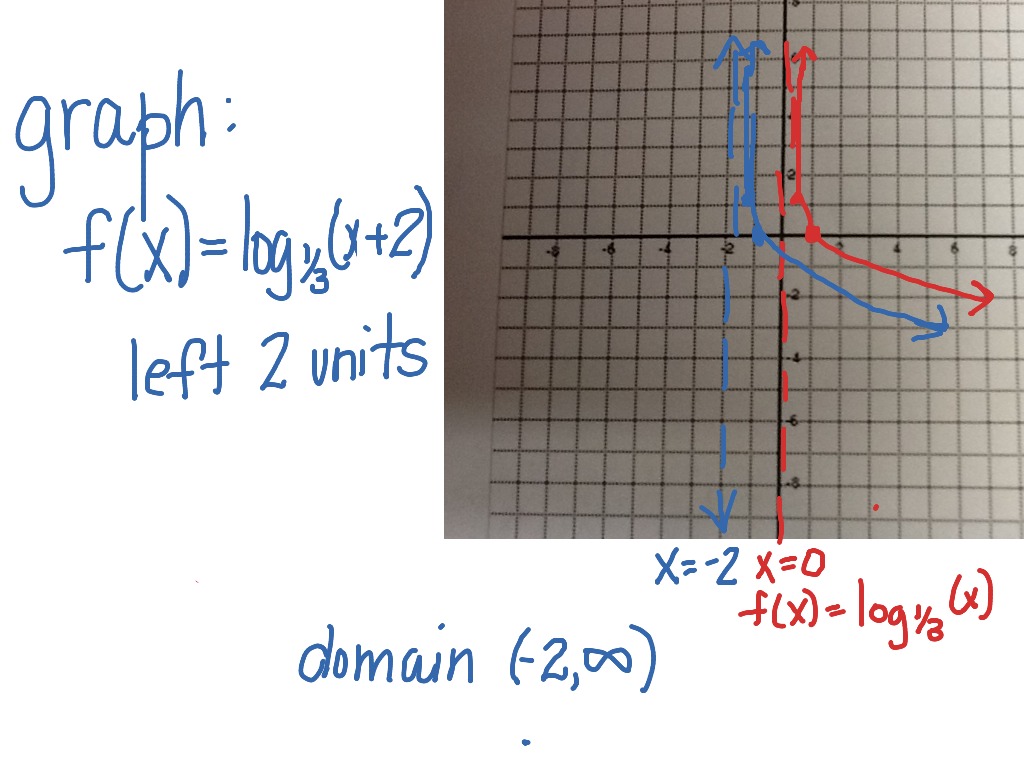

In fact, any time you get the fancy to convert a logarithm into something you can use on the calculator, simply divide the log x function (which is naturally base 10) by the log of the base that you are in. If you have a graphing calculator, you could plot this in your y-editor but you might have to convert the base 2 logarithm into base 10. They are different, for one thing, because they have a vertical asymptote rather than a horizontal asymptote. Or you may realize you need to clean the mirror. If you're lucky, you might be staring directly at your inverse. To think of this in the real world, picture yourself leaning on a counter at a 45 degree angle and looking into the mirror. The red line and blue line don't like each other.Įvery function's inverse is a reflection over the diagonal line y = x.Okay, here's a play by play of the above graph: Graph y = 10 x, y = log 10 x, and y = x for values greater than 0. Since we have already decided that logarithms were the inverses of the power function, we can see that when we graph these, they are symmetrical about the diagonal line y = x which makes a 45 degree angle with the origin. We'll also give you a few tips of graphing these on technology. We won't forget the good stuff like domain and range. We're talking about the graphs of logarithmic functions, and how they have a vertical asymptote (compared to a horizontal one in exponential functions). That's what happened to the exponential function, and in this section we are exploring the inverse of an exponential function.drum roll please.The Graph of the Logarithmic Function. Thus, the \(log\) function graph looks as follows.Imagine your world flipped upside down and backwards. This way we get more points in the chart and it helps to complete the chart.) (If we want more clarity, we can make a table of values with random values of \(x\) and replace each one in the given function to calculate the values of \(y\). The logarithmic graph increases when \(a>1\) and decreases when \(0 1\) then the curve is increasing, and if \(0 1\).A logarithmic function doesn’t have a \(y\)-intercept as \(log _a\:0\) is not defined. Thus, all such functions have an \(x\)-intercept of \((1, 0)\). We know that exponential and \(log\) functions are inversely proportional to each other, and so their graphs are symmetric concerning the line \(y = x\). The range of any log function is the set of all real numbers \((R)\).Thus, \(y\) can take the value of any real number. We can see that \(y\) can be either a positive or negative real number (or) it can be zero as well. So the domain is the set of all positive real numbers. We know that \(log x\) is defined only when \(x > 0\).

Step by step guide to graphing logarithmic functions Domain and range of logarithmic functions

The exponential function \(a^x = N\) is transformed to a logarithmic function \(log _a\left(N\right)=x\). Logarithmic functions are closely related to exponential functions and are considered as an inverse of the exponential function.


 0 kommentar(er)
0 kommentar(er)
